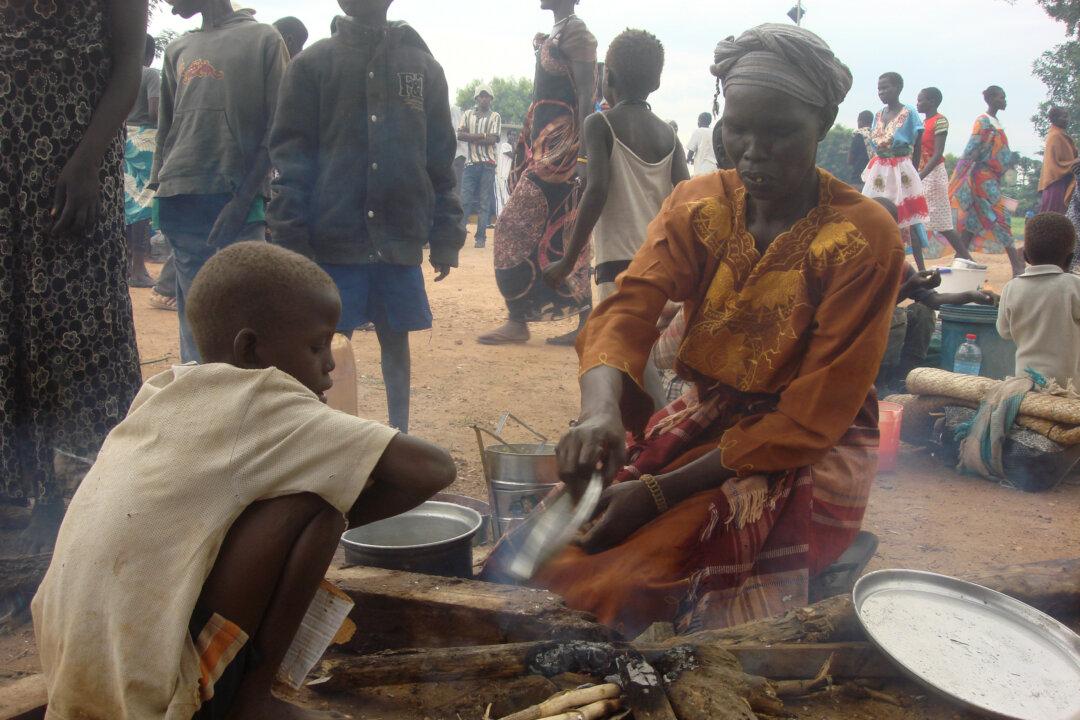In 1975, at the Mexico City First World Conference on Women, Vandana Shiva, the Indian scholar and environmental activist, introduced the issue of women’s relationship to the environment. At the time, concern was raised about the depletion of forestry resources and women’s role in agriculture, and a connection was made between the impact environmental development had on women.
Over the past several decades, demand for resources and industrial processes have been responsible for increasing levels of pollution and for the degradation of air, water, and land. In addition to unrestricted exploitation of natural resources, unsound agricultural practices have had devastating effects on the environment and on people’s health and quality of life. Women and children have been primarily affected.





